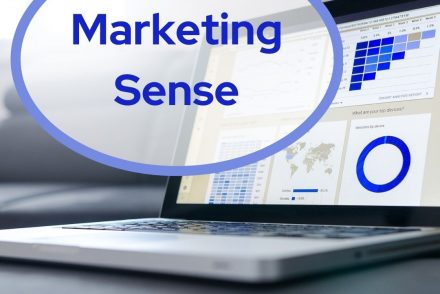
Do You Really Need to Use Email? (Part Two)
In Part One we discussed how very valuable email is to our platform, and why using an email provider…
June 12, 2024
In Part One we discussed how very valuable email is to our platform, and why using an email provider…
June 12, 2024
Your book is launching in 6 months. Reviewing your email list, you see 37 active subscribers (people who currently…
April 12, 2024
Authors need to grow their platform. Authors want to sell books. One thing the marketing experts usually agree on…
September 24, 2023
One of the great mysteries new platform builders (aka Christian writers and speakers) seek to solve is, “What should…
January 12, 2022
Email marketing is a tried and true practice in the marketing space and has been for a long time.…
October 2, 2021
Emails and newsletters are the most effective digital marketing tools to promote books by self-published authors. Sending an email…
February 26, 2021
As a professional writer you aren’t satisfied writing grocery lists. You long to deliver God’s message and see lives…
February 12, 2021